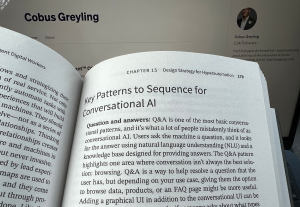- Behavioral Science, Design, Design Theory, Human factors
More autonomy and less dependency can improve our toxic relationship with digital technologies and benefit all of us, says Alexander Steinhart.
Article by Alexander Steinhart
Designers And Developers Pay More Attention To Human Autonomy
- The majority of tech companies concentrate on attracting active users and increasing consumption. Additionally, their economic incentives conflict with our own values and aspirations as users.
- According to the author, we should adhere to the rules of responsible, ethical, and humane design referred to as Design for Human Autonomy.
- There are 3 conditions to design for human autonomy:
- The user and their interactions with others should be prioritized over their use of the digital service;
- In the end, consumers are encouraged to navigate mainly without the software itself;
- The app’s values are transparent, and it respects the users’ values and objectives.
Share:Designers And Developers Pay More Attention To Human Autonomy
Share this link
- January 4, 2023
5 min read







